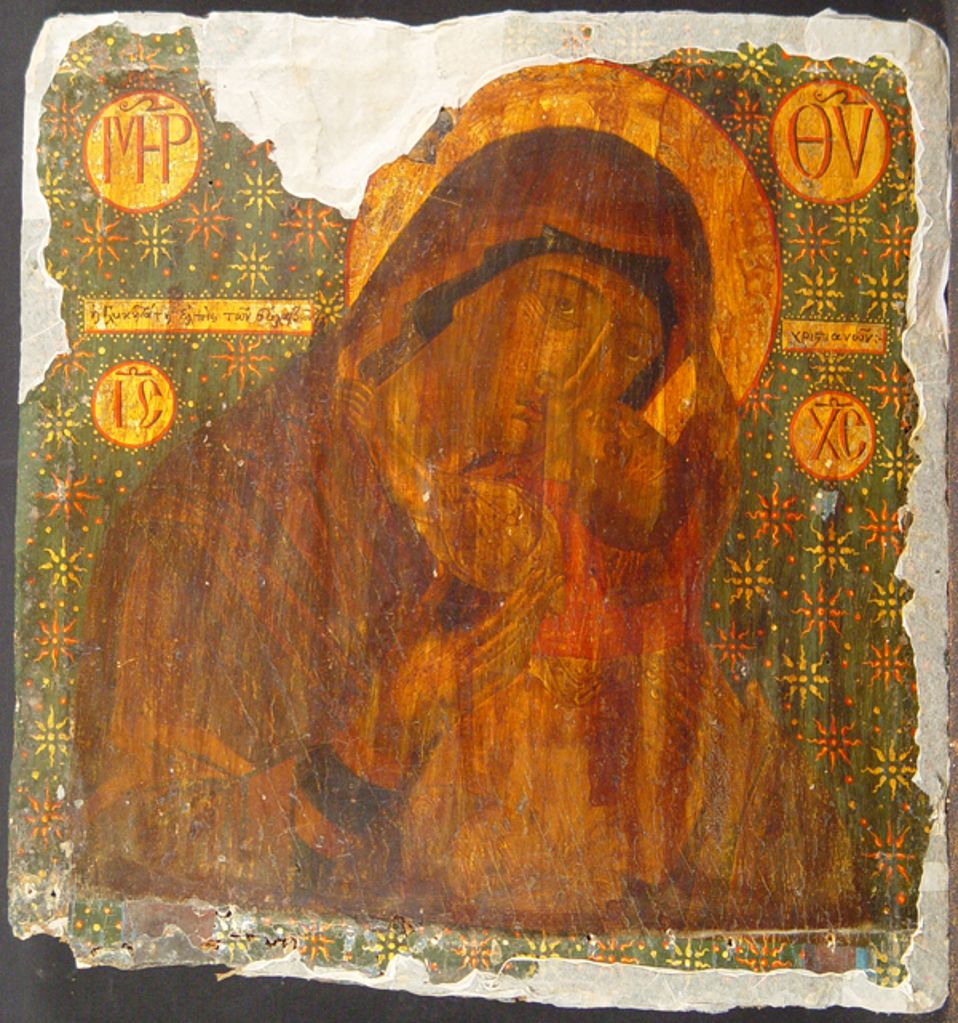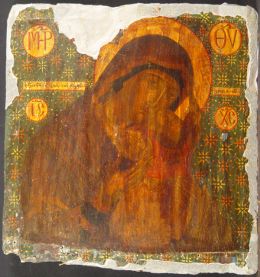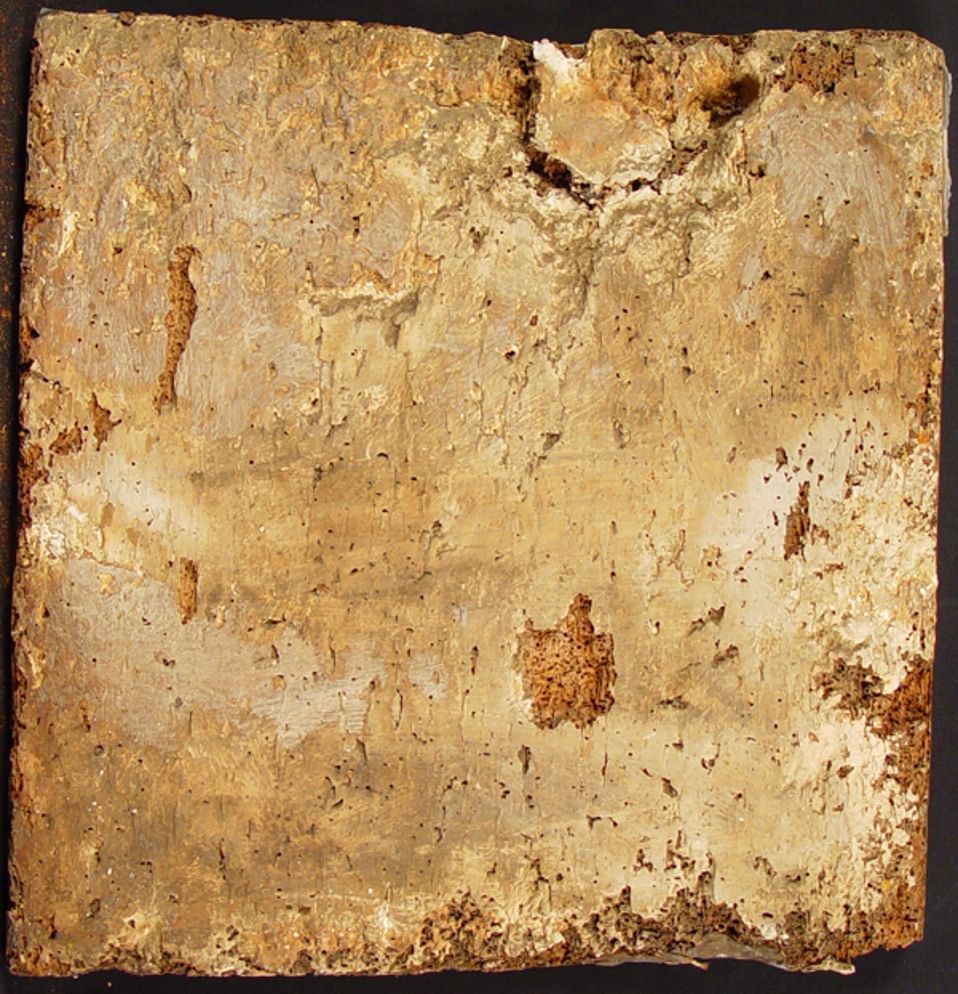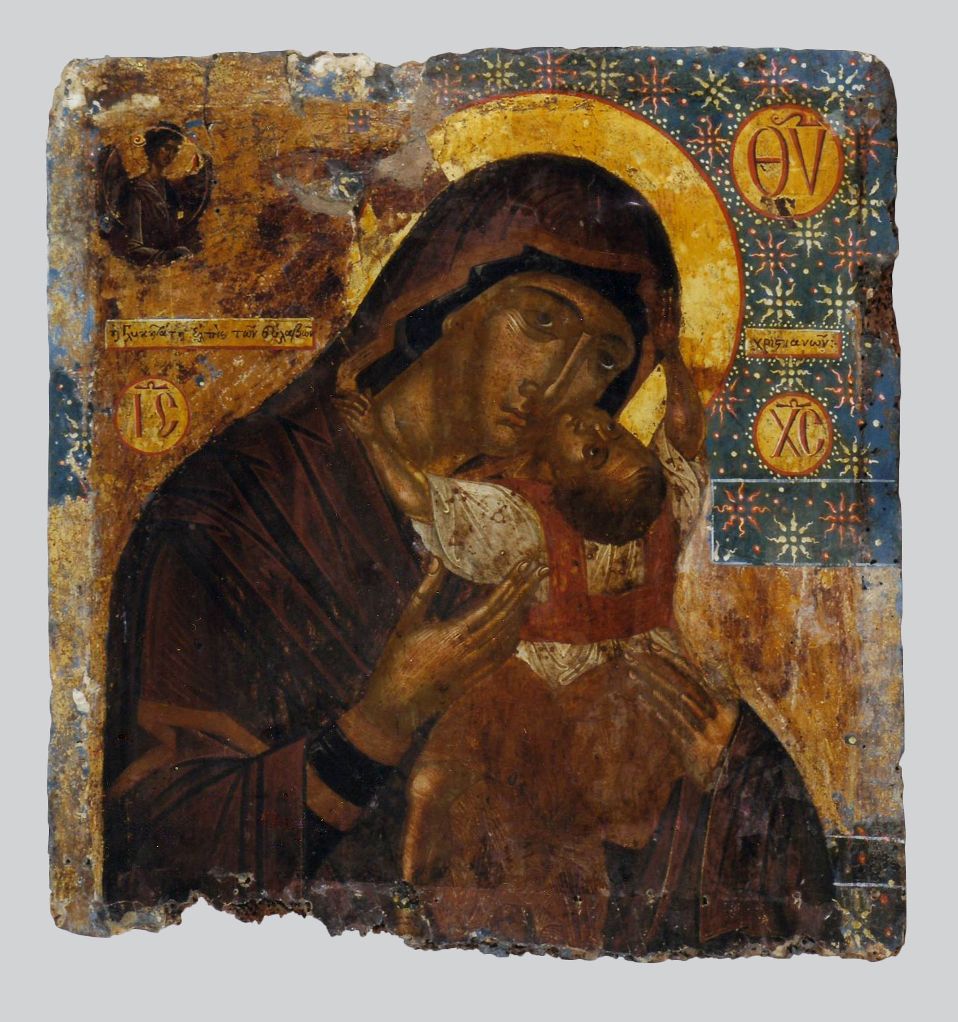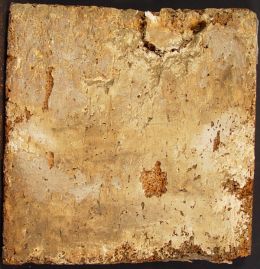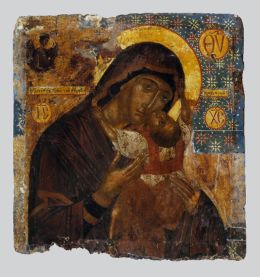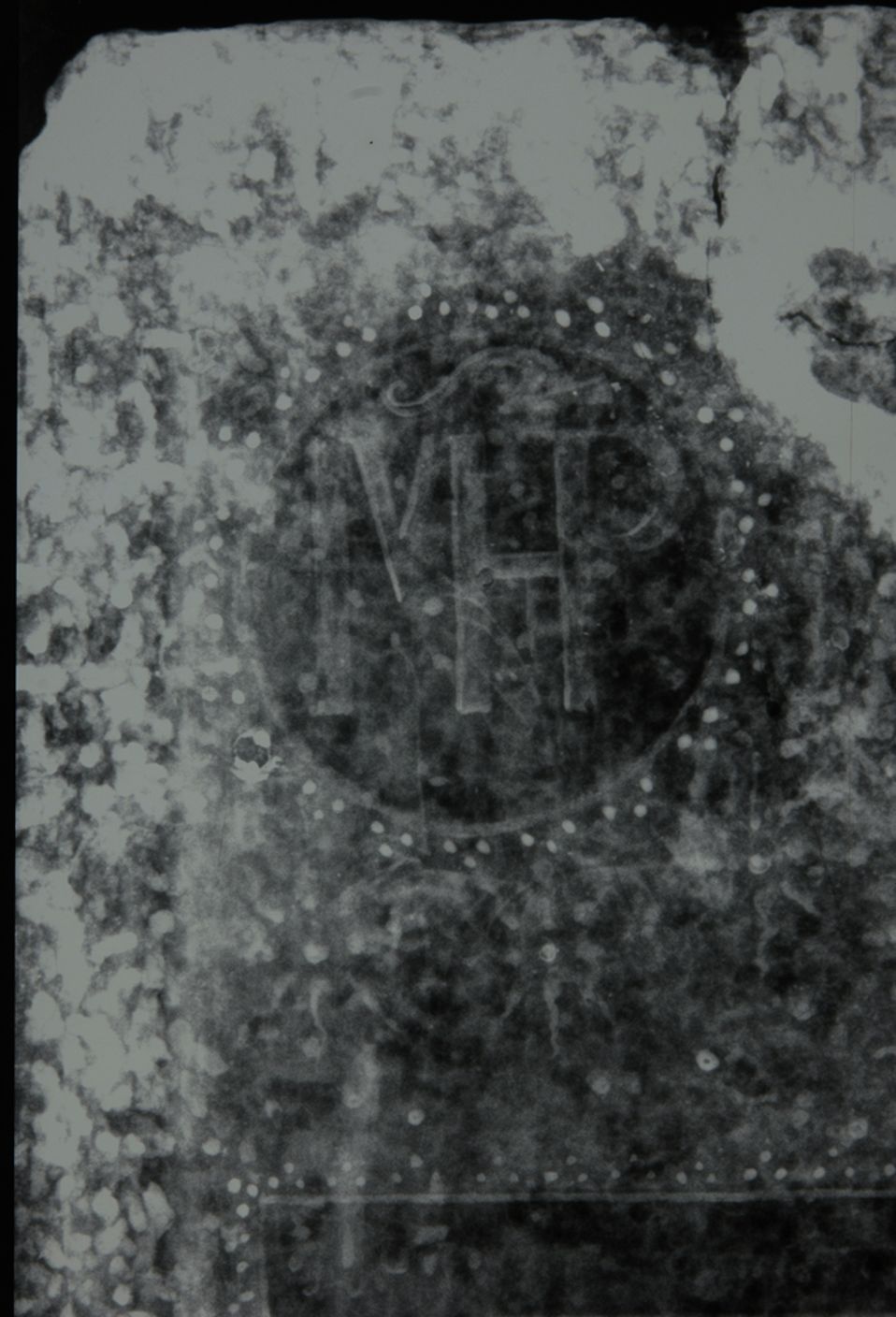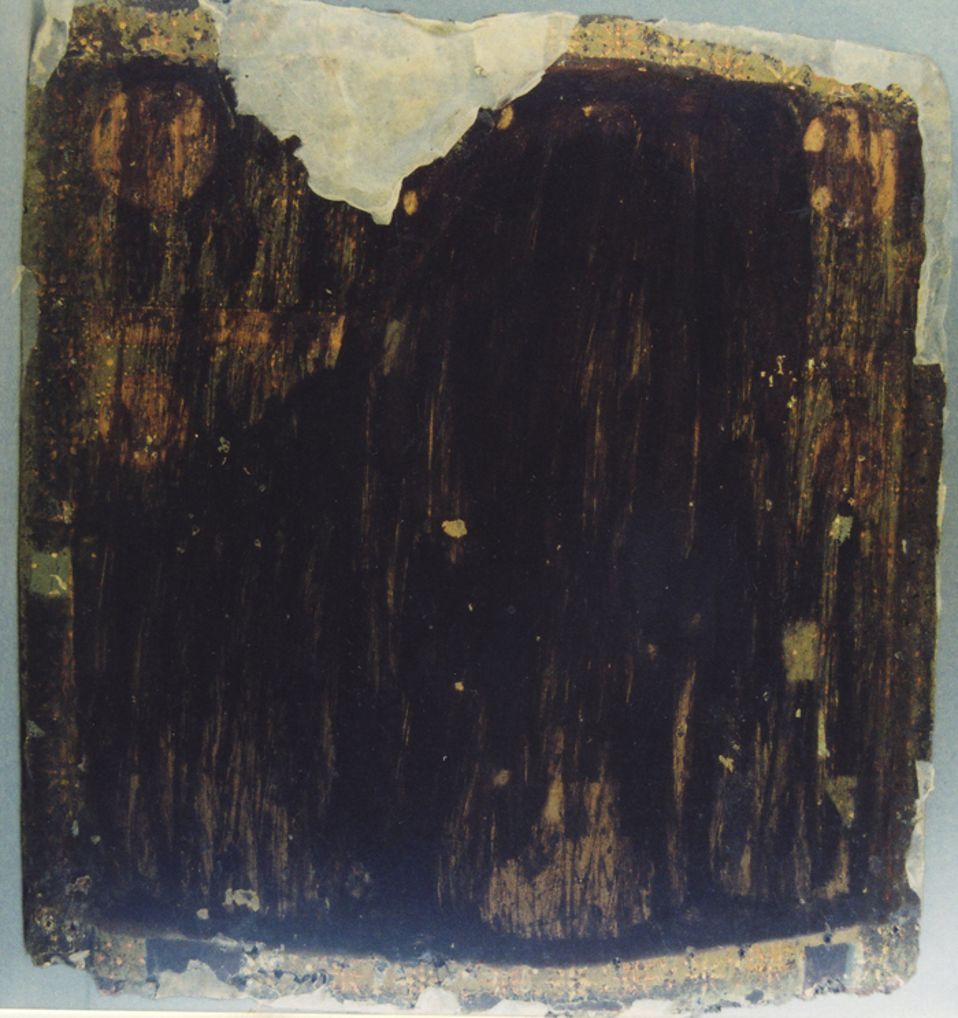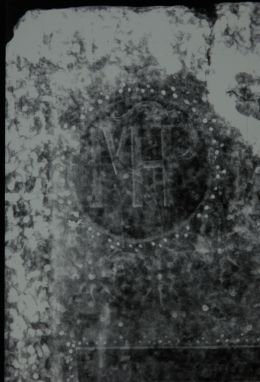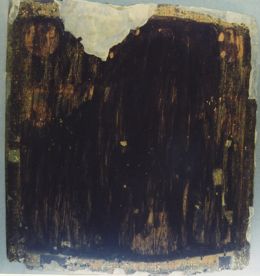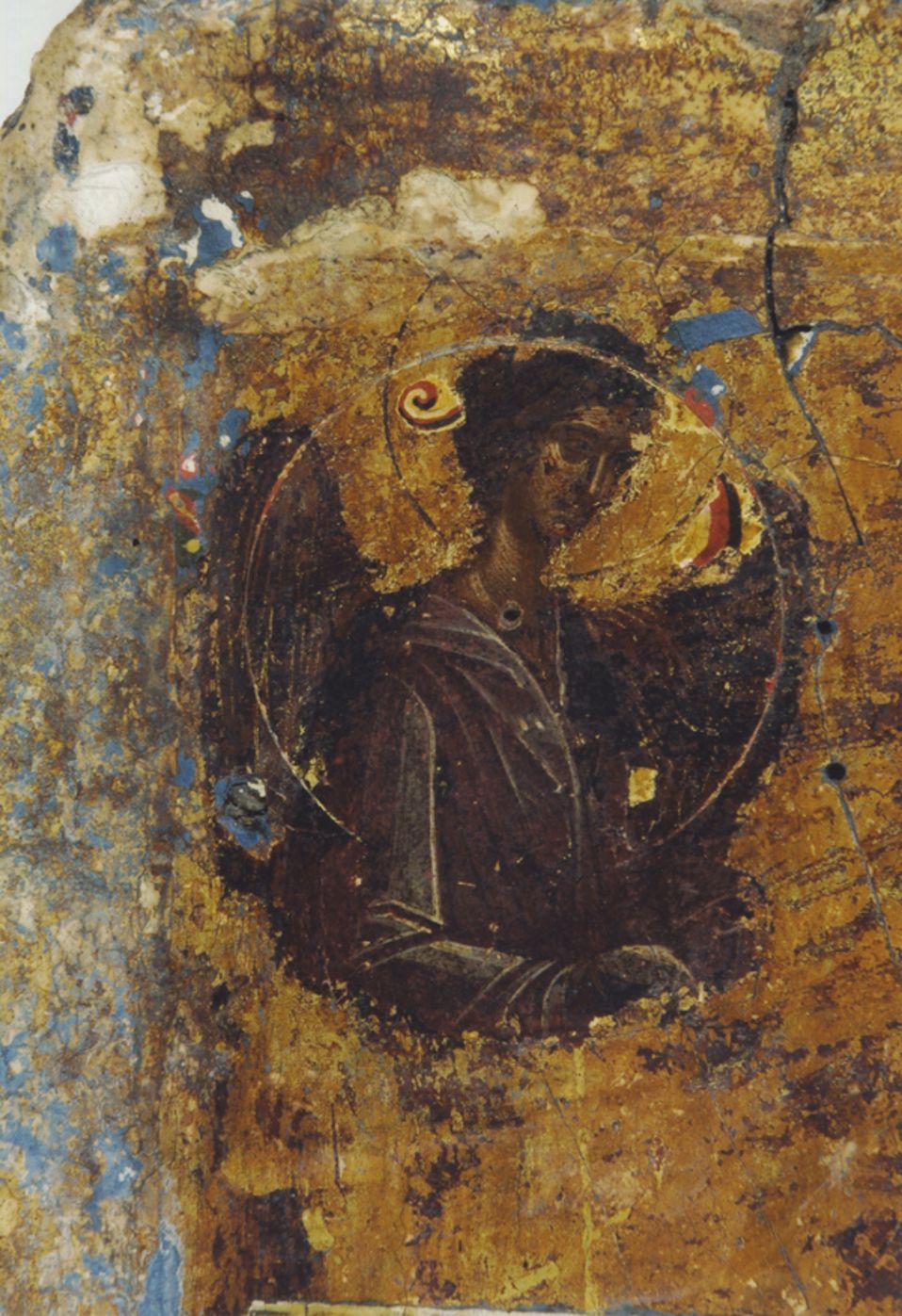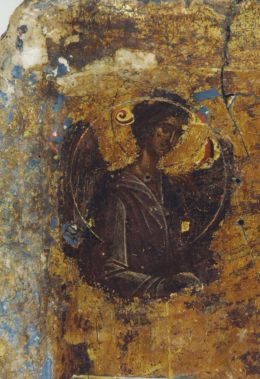An icon is revealing itself
This portable icon depicts the Virgin Glykophilousa-Kardiotissa. It was part of a private Collection, but due to her special artistic value that was recognized at once by the scientific personell of the Byzantine Museum it was purchased by the Museum in 2000. According to its stylistic elements, that strongly remind the famous Cretan painter Angelos, it was dated to the 15th century.
His full name was Angelos Akotantos and leaved in Venetian Candia (modern Herakleion) of Crete. The period of his artistic activity is placed between 1425 and 1450, the year of his death.
Angelos was a great painter. In the icons that he painted, which are of high artistic quality, he combined elements of the Constantinopolitan and the Venetian artistic tradition. He also introduced new iconographic themes like Christ the Vine and new iconographic types.
When the metal plate originally covered the back side was removed, it was found that there was extensive damage to the wood, mainly due to attack by insects. Thus, high priority was given to the conservation of the wood.
Also, the backgraound of the painting was covered by a layer of blue colour, with decorative motifs and inscriptions on a gold leaf. This second layer of painting had folk elements caracteristic of a more recent period than the one of the original painting.
The situation demanded a thorought study of the work before the conservation process. The study was conducted by a multidisciplinary team and integrated within the European Research Programme Greece - Italy (2006-2008).
The diagnostic methods selected were mostly non destructive. Initially, the technique of X-ray was used, and it indicated the extent of damage within the wood. It also offered evidence for the existence of an older painting layer underneath the blue layer. Subsequently the examination of the surface of the work was done by using ultraviolet radiation, which confirmed that the blue layer was the result of a later artistic intervention.
The results of the study corfirmed the existence of older layers of painting underneath the painted surface, and guided the works of the removal of the upper-newest layer.
When the new layer of painting was removed, it was revealed that under the medals on the top of the icon two angels were originally painted.
The study and the conservation of the portable icon of "Virgin Mary Glykophilousa" constituted a valuable experience and a challenge for the Byzantine Museum’s scientific personnel.
